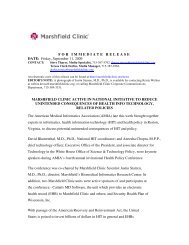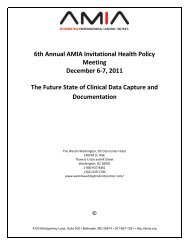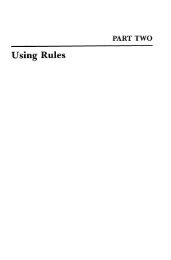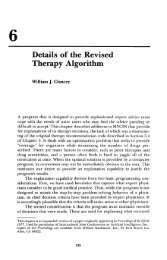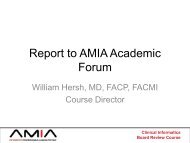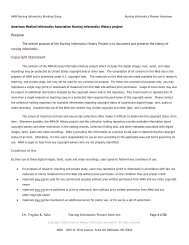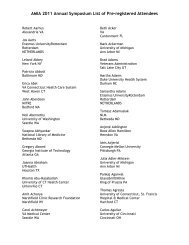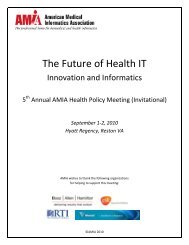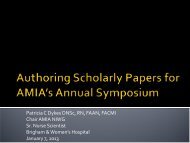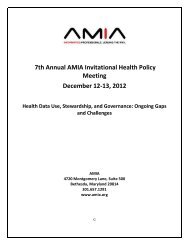Chapter 15 - People
Chapter 15 - People
Chapter 15 - People
You also want an ePaper? Increase the reach of your titles
YUMPU automatically turns print PDFs into web optimized ePapers that Google loves.
366 NEOMYCIN: Reconfiguring an Expert System for Application to Teachingand soft evidence. NEOMYCIN has rules for reasoning about the evidenceit has collected, so connections between data and hypotheses areseparate from the mntexts in which they will be used.These forms of knowledge-a (top-down) strategy, an etiological taxonomy,world facts, evidence-weighing rules-form a basis for a psychologicalmodel about knowledge organization and access, but they are notsufficient. Consider the above rule again. How does a physician rememberto ask about alcoholism? How does he or she remember the connectionwith Diplococcus? Experts use a rich set of organizational aids and mnemonicsfor accessing their knowledge.For example, one can think of taking the patient's history as a processof determining the differential of possible causes. Under this strategy, theexpert follows the principle (rule model) that "compromised host conditionsbroaden the differential by suggesting special causes." Alcoholism isone of these conditions. So the low-level behavior of asking "Is the patientan alcoholic?" occurs in the context of the general process of diagnosis. Inexplaining the question to a student, it is important to be able to step backfrom the immediate concern for supporting a particular disorder and toarticulate the general goals and methods of diagnosis itself. At the lowestlevel, the association to Diplococcus might be remembered as a simple causalstory: alcoholics breathe in their own secretions, so organisms found in themouth find their way to the lungs, causing pneumonia.In summary, NEOMYCIN incorporates these psychological aids forteaching diagnosis:1. a representation of diagnostic strategy that provides a meaningful, usefulorientation for collecting data ("attempt to broaden the differential");2. structural associations for indexing evidence to consider (abstractions suchas "compromised host conditions" and rule models that use them); and3. rule justifications that relate data/hypothesis associations to underlyingcausal processes.<strong>15</strong>.1.3 The Need for Focusing StrategiesAs we mentioned above, we cannot use MYCIN for teaching about meningitisdiagnosis because it does not know how patients with meningitistypically appear when the physician first sees them and what competingdisorders need to be considered. But if we simply added knowledge aboutmore diseases and when to order laboratory tests we would be in trouble:a top-down diagnostic strategy is inadequate for a broader range of problems.The combinatorics of the search problem for medical diagnosis makeit impossible for an expert to consider every infection, to work top-down.Initial information most commonly brings the physician into the middle ofhis or her taxonomic hierarchy (via the "compiled associations" such as the



